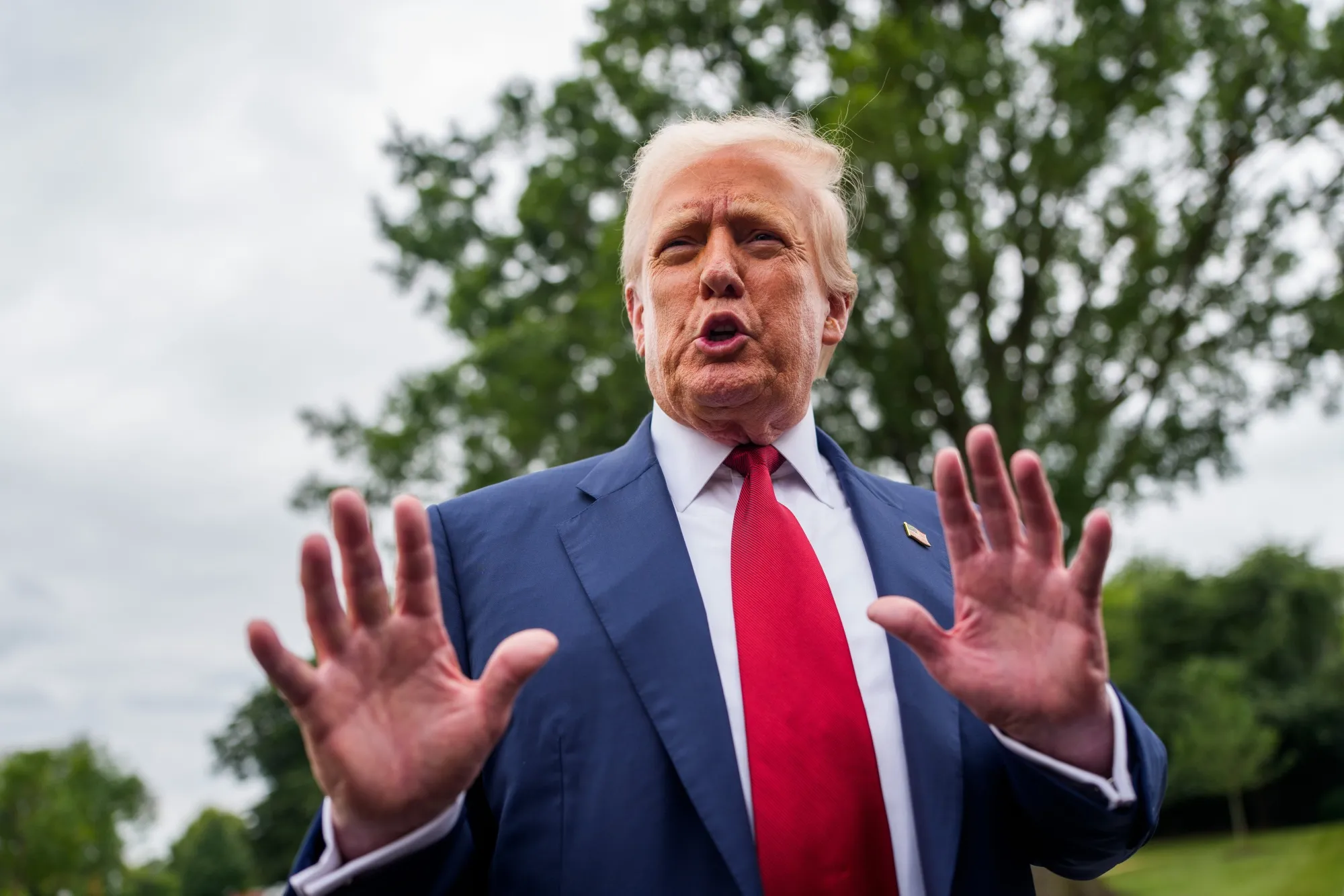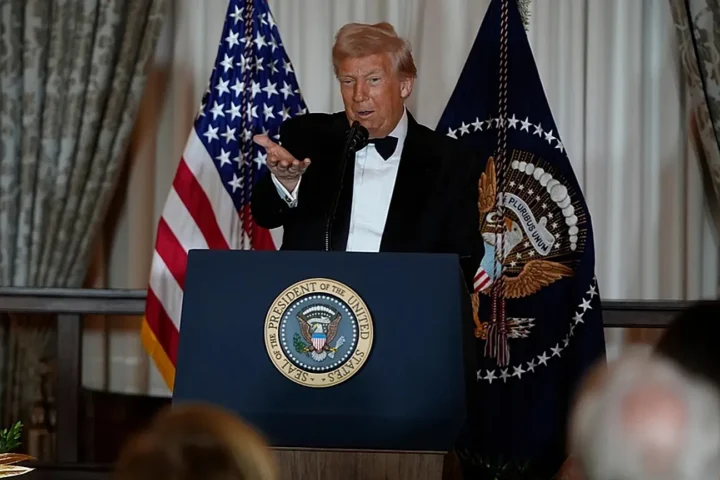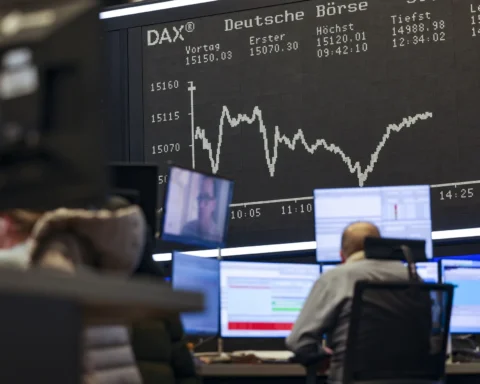In a recent announcement that has captured the attention of global markets and industry leaders alike, U.S. President Donald Trump declared that new tariffs targeting pharmaceuticals and semiconductor chips are expected to be imposed “in the next week or so.” This statement signals a potentially significant escalation in U.S. trade policy, with far-reaching implications for two of the most critical sectors of the global economy.
Context: The Trade Policy Landscape
Over the past several years, trade tensions between the United States and key global partners—most notably China—have intensified, marked by a series of tariffs and retaliatory measures across a wide range of goods. President Trump’s administration adopted a confrontational stance aimed at protecting American manufacturing and intellectual property, leveraging tariffs as a primary tool to counter what it described as unfair trade practices.
Pharmaceuticals and semiconductor chips, however, represent new frontiers in this ongoing economic conflict. Both sectors are strategic pillars in modern economies: pharmaceuticals underpin public health and innovation in medicine, while semiconductor chips are foundational to technology, powering everything from smartphones and computers to advanced military systems.
Why Target Pharmaceuticals and Chips?
The decision to consider tariffs on these sectors comes amid growing concerns within the U.S. about supply chain vulnerabilities and national security risks. The COVID-19 pandemic exposed the fragility of global pharmaceutical supply chains, with heavy reliance on imports for active pharmaceutical ingredients and finished drugs, particularly from China and India.
Similarly, the semiconductor industry has faced mounting pressure due to global chip shortages and the strategic importance of chip manufacturing technology. The U.S. government has recognized the need to bolster domestic chip production to maintain technological leadership and reduce dependency on foreign suppliers.
By introducing tariffs on pharmaceuticals and chips, the administration aims to incentivize reshoring of production, encourage investment in domestic manufacturing capabilities, and protect critical industries from perceived unfair competition.
Potential Impact on the Pharmaceutical Industry
The pharmaceutical sector is highly globalized, with complex supply chains spanning multiple countries. Tariffs on drugs and ingredients could lead to increased costs for manufacturers, wholesalers, and ultimately consumers. Higher prices may affect access to essential medicines and strain healthcare budgets.
Industry leaders have expressed concern that tariffs could disrupt innovation by increasing operational costs for research and development. Moreover, pharmaceutical companies warn that the global nature of drug production makes simple decoupling from international supply chains challenging without significant investment and time.
Semiconductor Sector Under the Spotlight
Semiconductor chips have become a geopolitical flashpoint amid escalating U.S.-China rivalry. The chip industry requires advanced manufacturing facilities, often referred to as “fabs,” which are costly and complex to build. Tariffs on imported chips or related components could disrupt supply chains, raise costs for electronics manufacturers, and slow product rollouts in industries ranging from consumer electronics to automotive.
The U.S. government has already taken steps to incentivize domestic chip manufacturing through subsidies and legislation such as the CHIPS Act. Tariffs could add an additional layer of pressure on foreign suppliers to invest in U.S. operations or face higher duties.
Market and Global Trade Reactions
Markets reacted with caution following Trump’s announcement, reflecting concerns over increased costs and supply chain disruptions. Global trading partners have been quick to signal their disapproval, warning that tariffs on pharmaceuticals and chips could provoke retaliatory measures and further destabilize international trade relations.
The announcement adds complexity to ongoing negotiations around global trade agreements and efforts to resolve disputes at forums like the World Trade Organization (WTO). Many analysts caution that such tariffs risk accelerating the fragmentation of the global economy into competing blocs, which could hamper innovation and economic growth.
Political and Strategic Implications
Beyond economic effects, the potential tariffs highlight the growing intersection of trade policy and national security. Both pharmaceuticals and semiconductors are viewed as critical to national resilience, technological leadership, and healthcare sovereignty.
The move aligns with broader U.S. strategic objectives to reduce reliance on foreign adversaries for essential goods, especially amid concerns over geopolitical tensions with China and other nations. However, balancing protectionism with the benefits of global cooperation will remain a delicate challenge for policymakers.
What Comes Next?
Details regarding the specific scope, rates, and timing of the tariffs remain forthcoming. Industry stakeholders, lawmakers, and international partners will be closely monitoring developments as the anticipated “next week or so” approaches.
There is potential for negotiations to modify or delay the tariffs, particularly if trade partners engage in diplomatic discussions or concessions are made in related disputes. Nonetheless, the announcement signals that the era of escalating trade measures is far from over.
Conclusion
Trump’s announcement of impending tariffs on pharmaceuticals and semiconductor chips marks a new phase in trade policy, targeting sectors that are vital to modern economies and national security. While aiming to protect domestic industries and encourage reshoring, these tariffs carry significant risks, including increased costs, supply chain disruption, and international trade tensions.
As the situation unfolds, businesses and governments worldwide will need to navigate the complex ramifications of these potential tariffs, balancing economic interests with strategic imperatives in an increasingly interconnected global landscape.
























